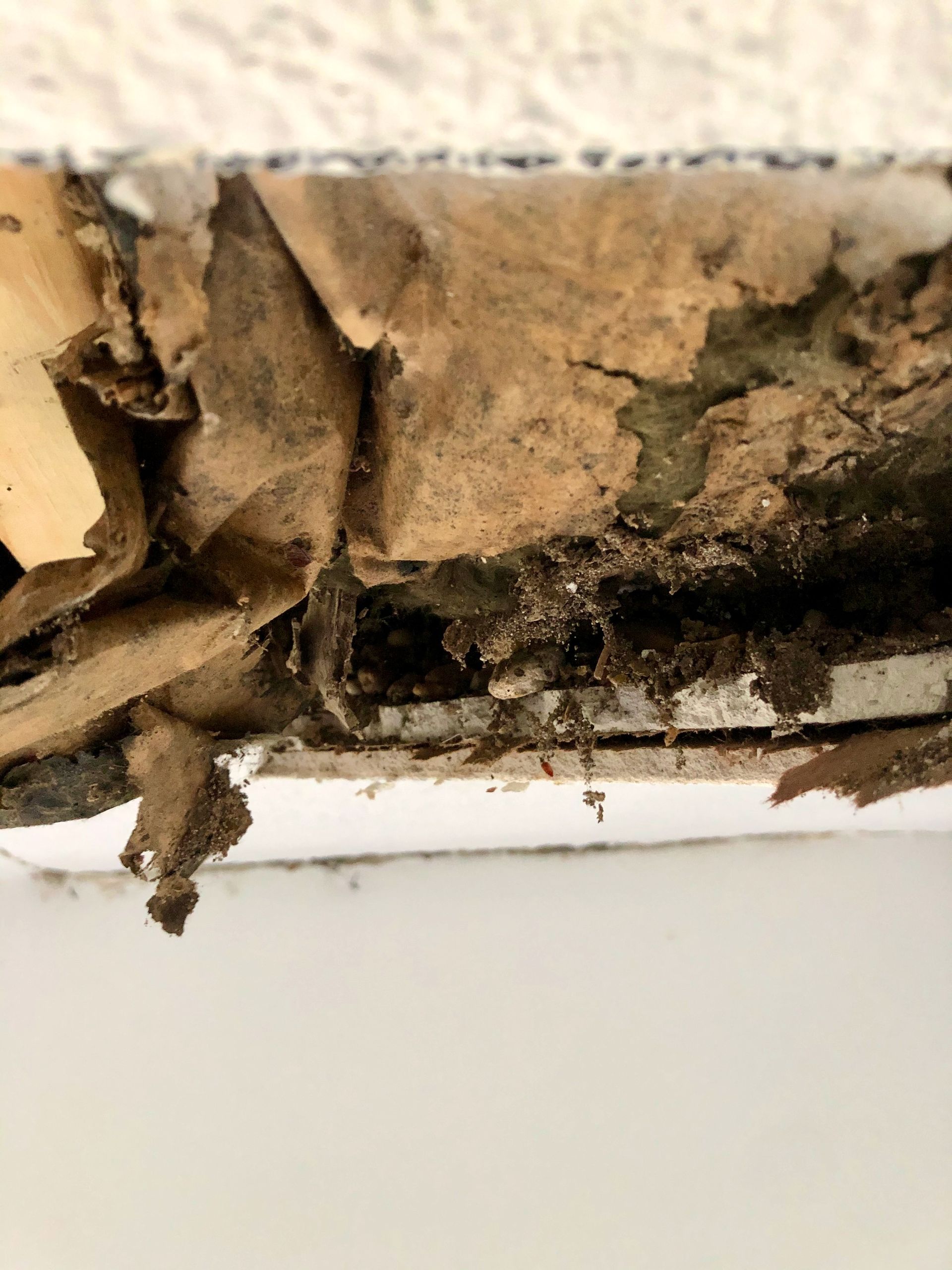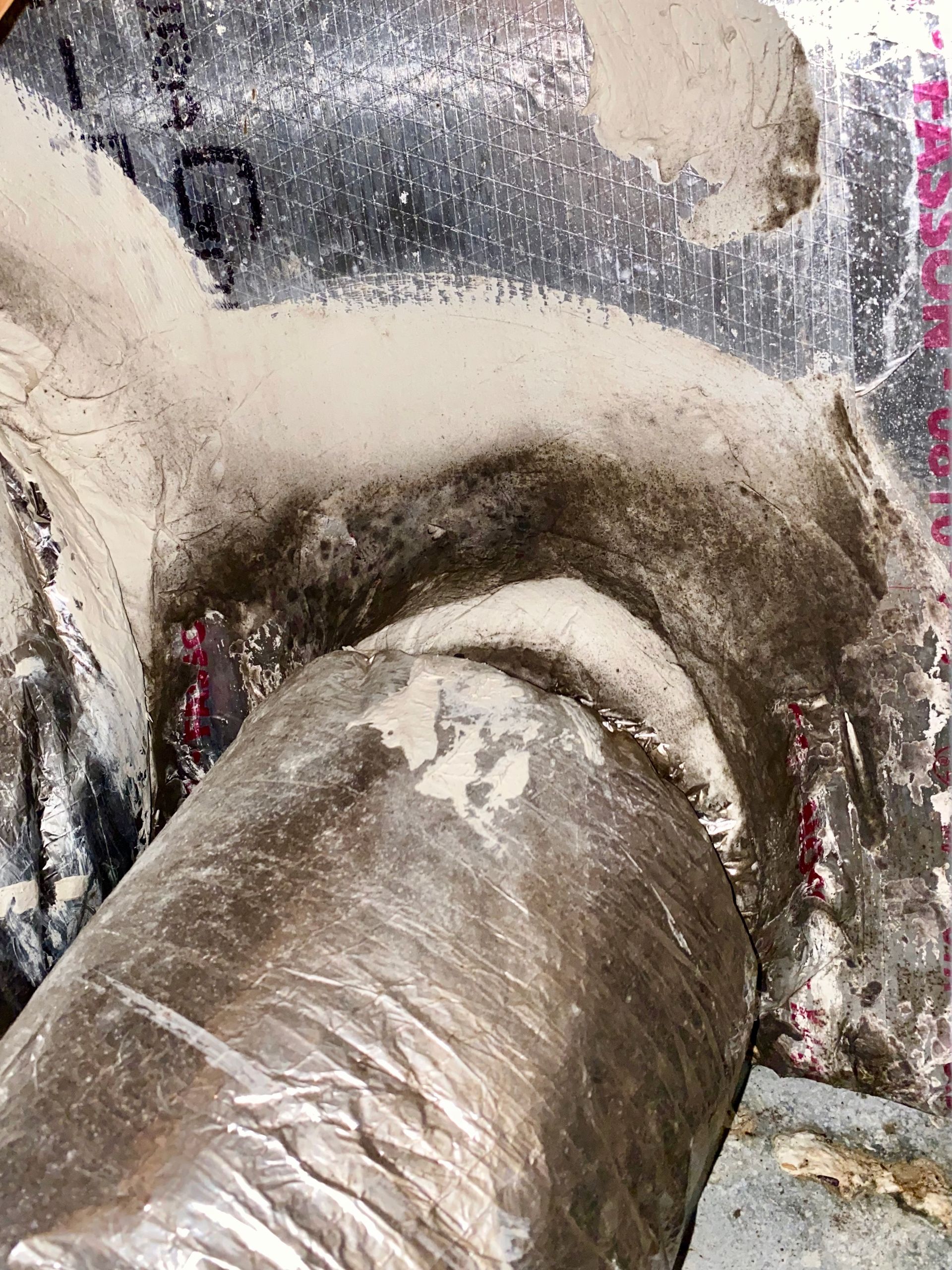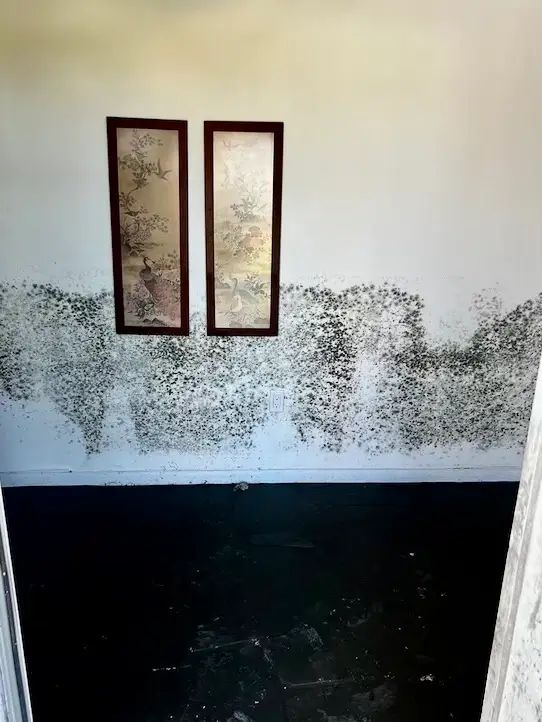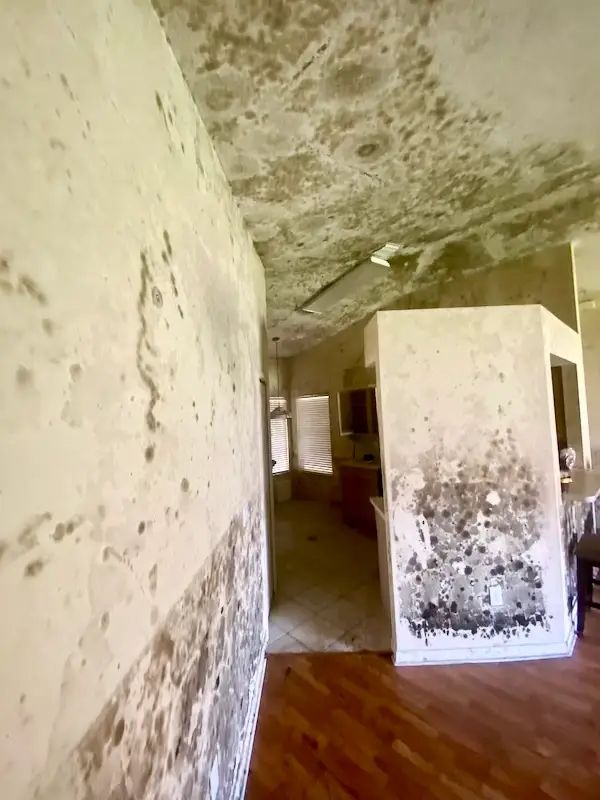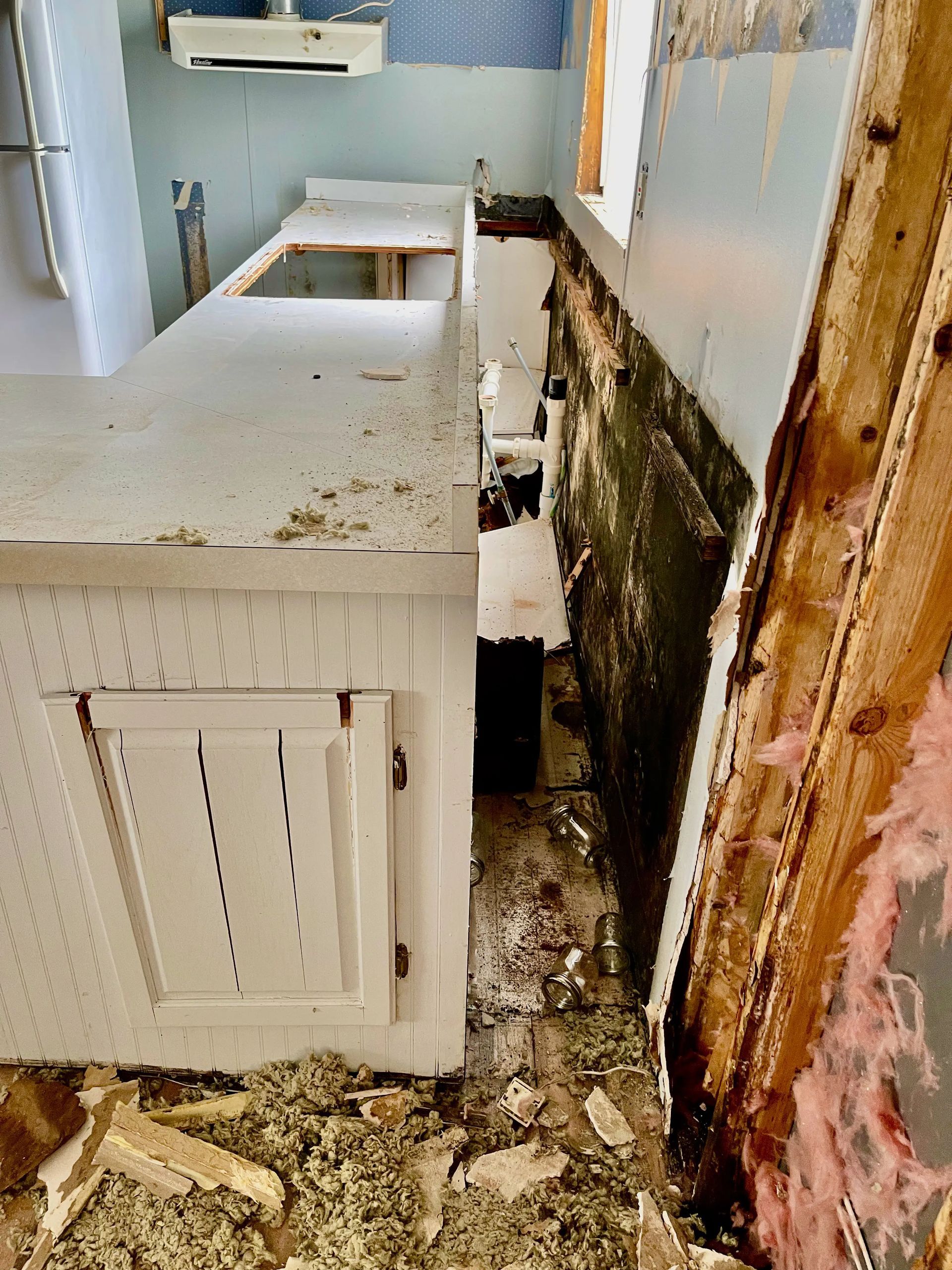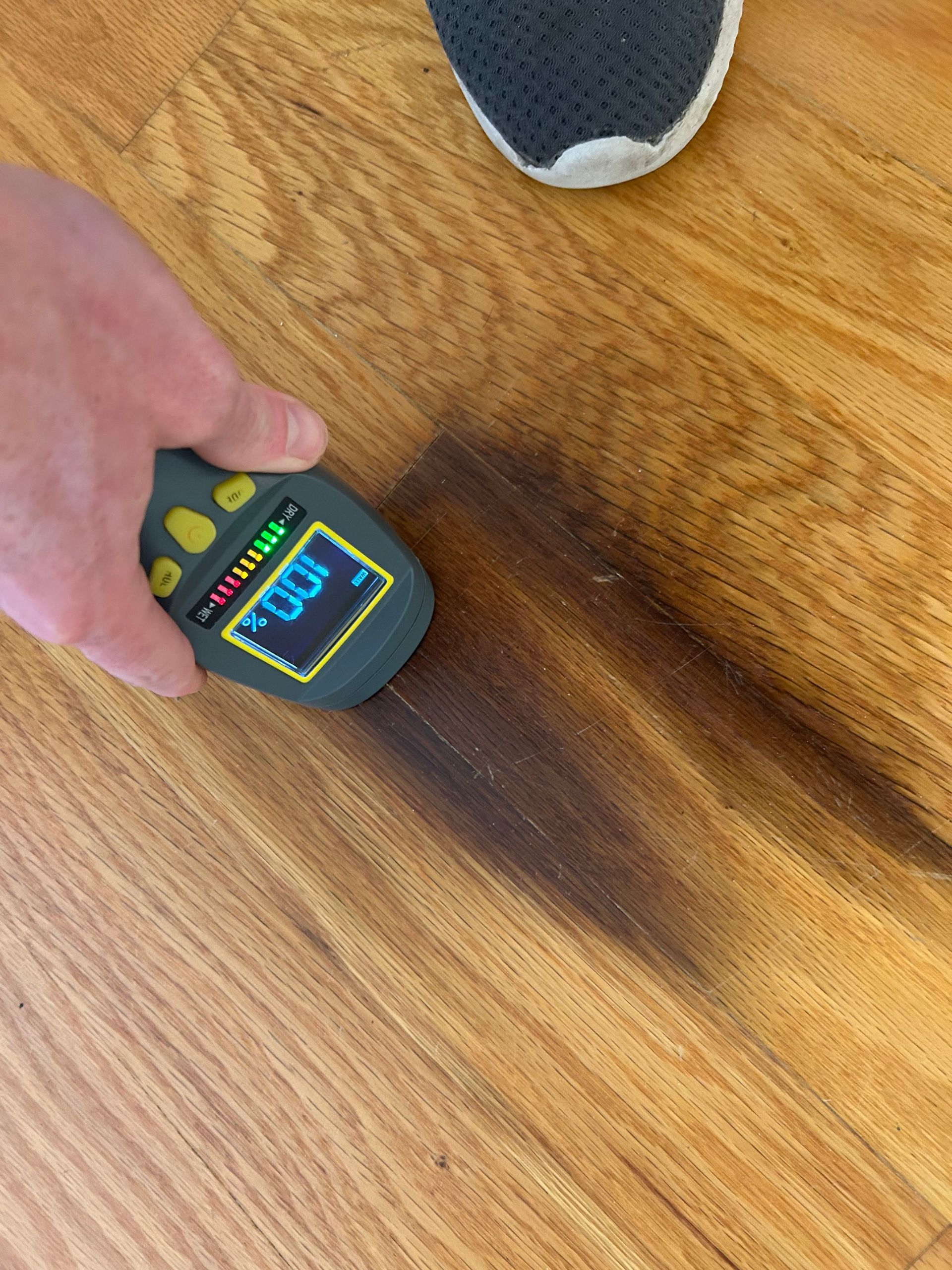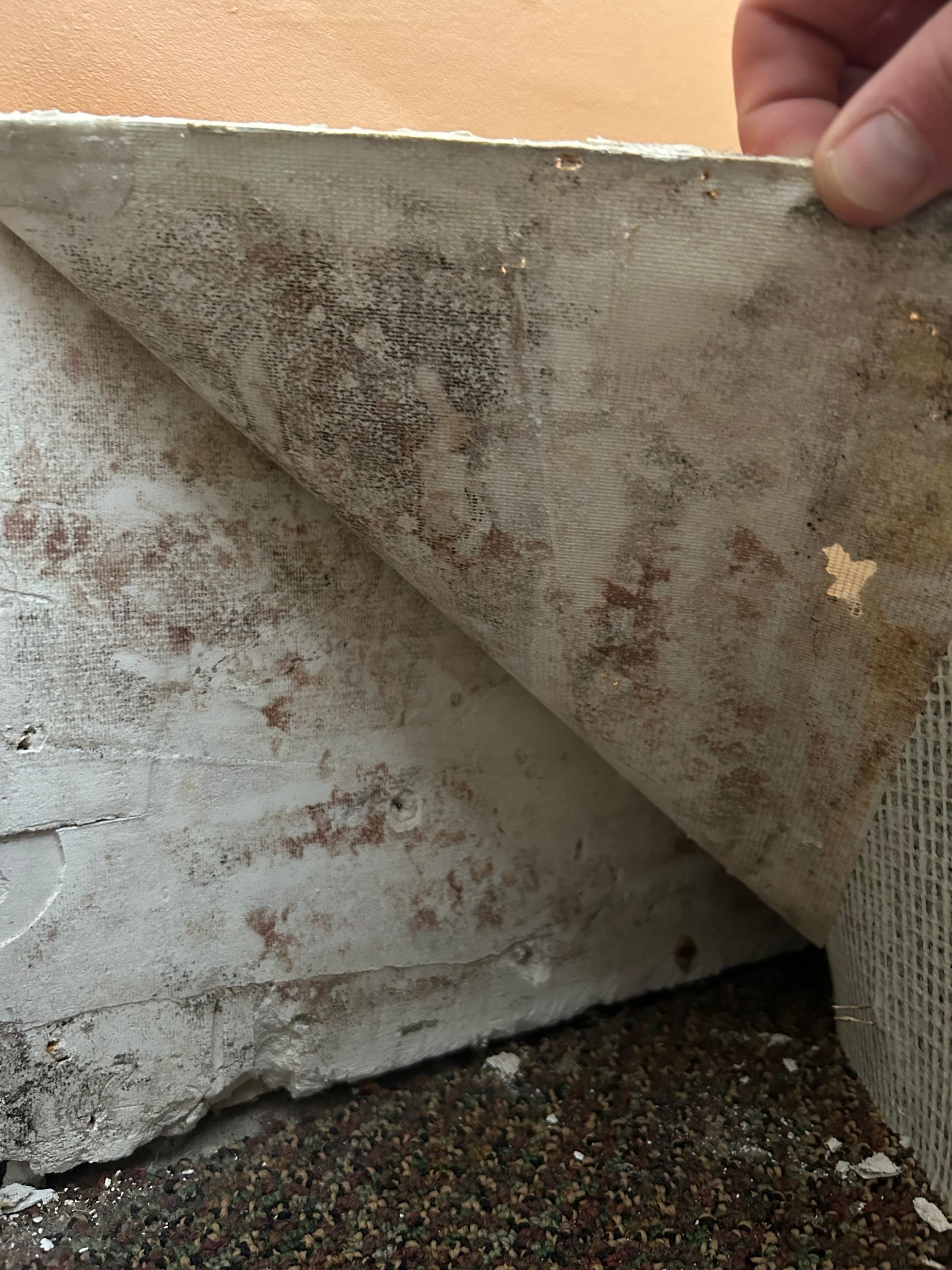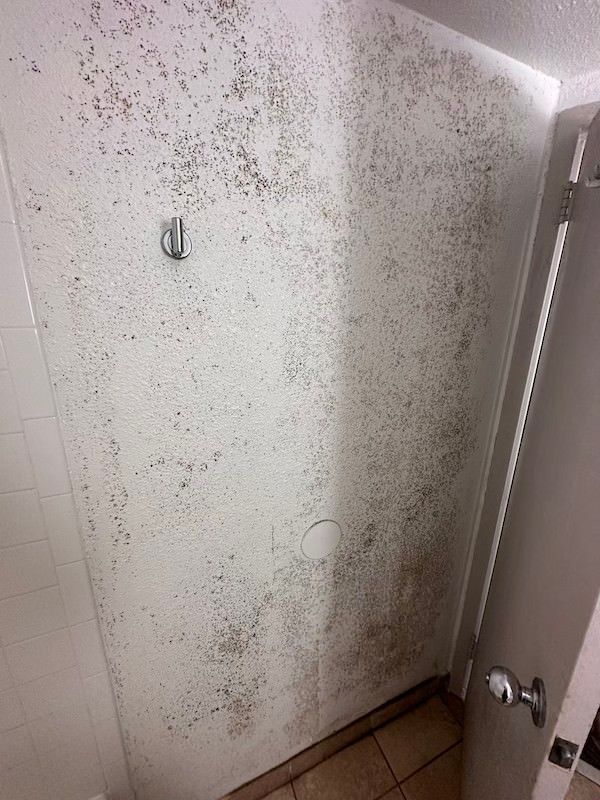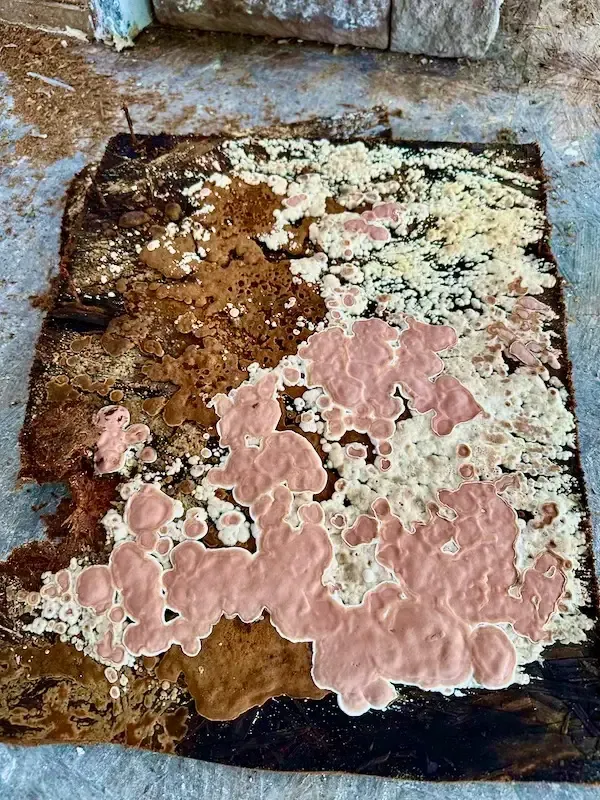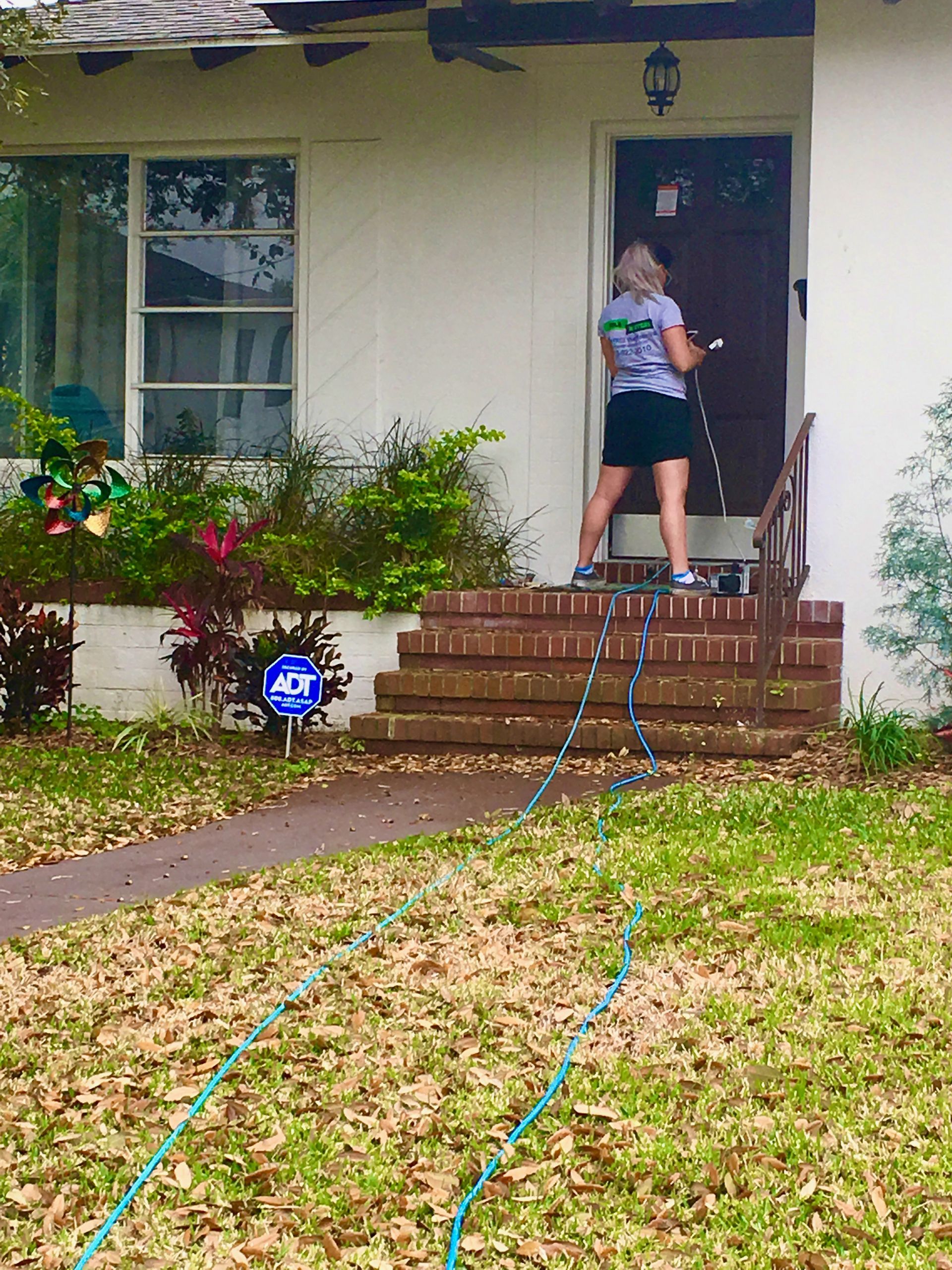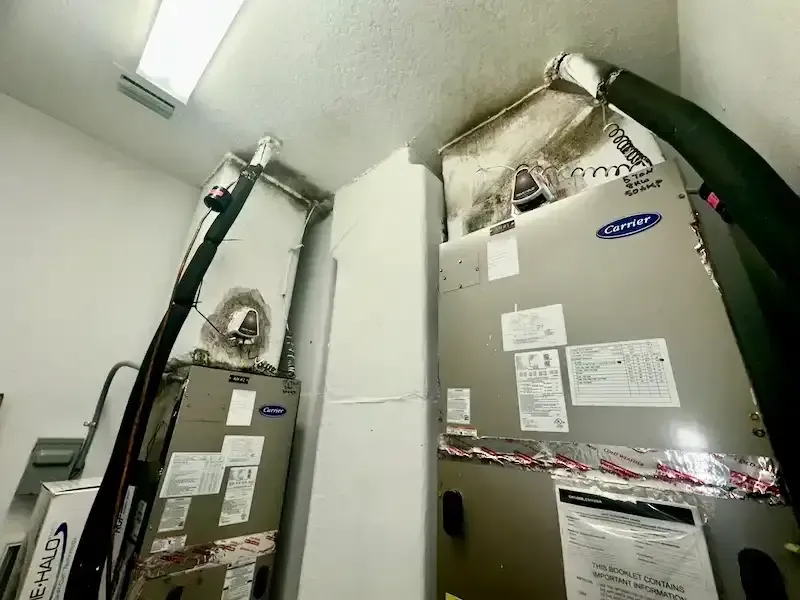Understanding What Mold Is
Mold, a type of fungus, thrives in damp or decaying organic matter and cellulose materials. It can grow both indoors and outdoors. While mold itself is not inherently toxic, certain types can produce spores or cell fragments that release toxins, inflammatory substances, and allergens. Exposure to mold spores triggers immune responses, leading to allergy symptoms such as watery eyes, scratchy throat, runny nose, sinus headaches, etc.
Mold Allergy Symptoms
The symptoms of mold allergies vary based on individual immune responses. Common types of mold associated with allergies include:
- Alternaria
- Aspergillus
- Basidiospores
- Cladosporium
- Penicillium
When mold spores enter the nose or throat, they can cause allergy symptoms like sneezing, itchy eyes, and a runny nose. For some individuals, mold can also trigger asthma symptoms, including shortness of breath and chest tightness.

